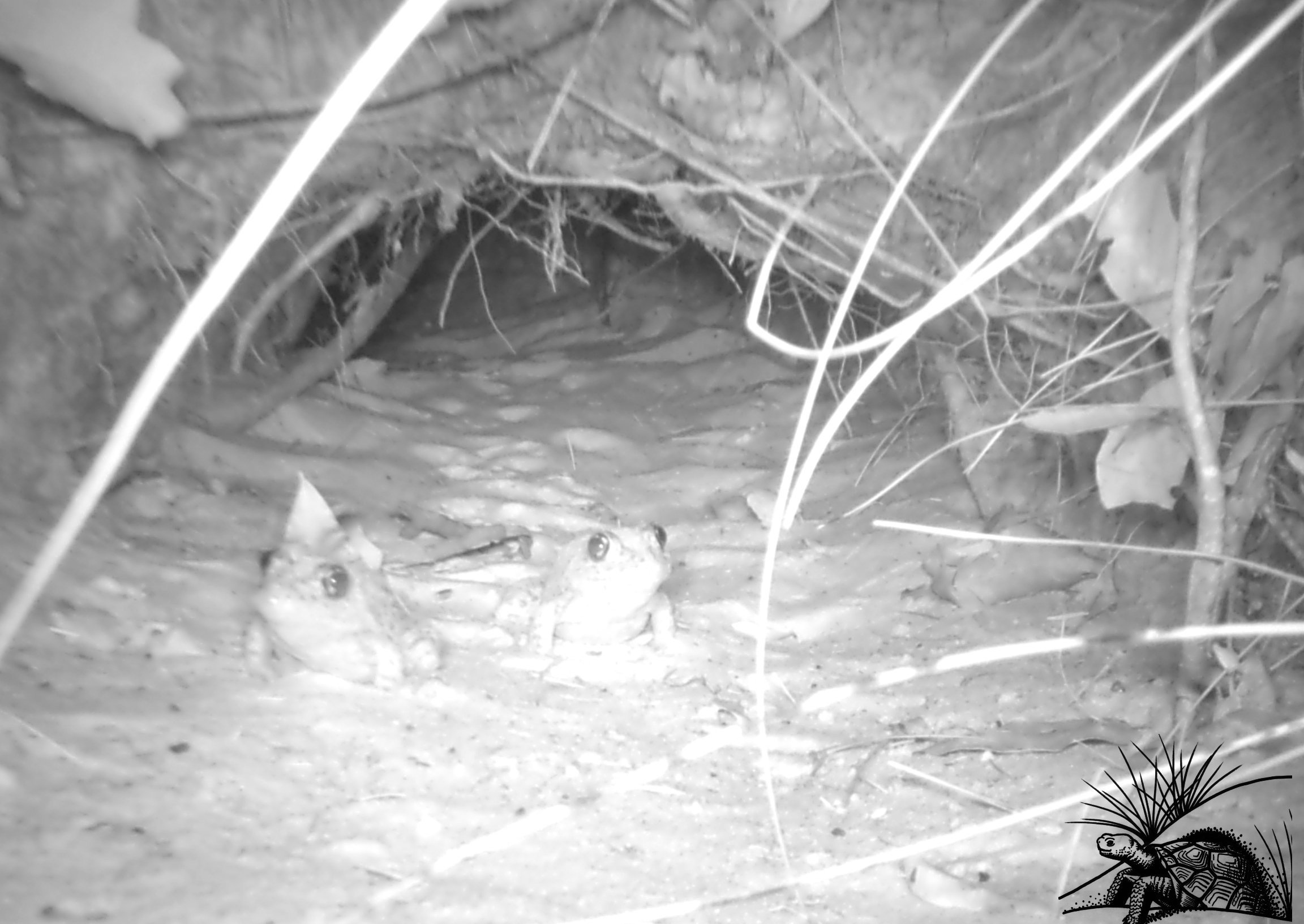
Saving Florida’s Native Homebuilders
History
Over the years, Florida has attracted many people nationwide to relocate thanks to the warm weather, beautiful beaches, no state income tax, and more. Florida’s population has grown by nearly 20 percent since 2010. With this surging population, the demand for housing is skyrocketing.
One of the unfortunate consequences of this is the impact it has on Florida’s native wildlife. One species that has been harmed by this development is the gopher tortoise. There are only an estimated 700,000 remaining today, down about two-thirds from their population a century ago, says Ashton Wildlife Preserve animal care specialist and habitat manager Chase Pirtle. As a result of the rising population, the more human houses that are built, the more gopher tortoises are evicted from their homes.
These tortoises are native to not only Florida, but southern Georgia and Alabama as well. They are known as a keystone species because the long, deep burrows they dig that provide a range of benefits to many other species. The sandy holes shelter up to 350 other species from the elements; provide them with food; and help protect them from predators. Scientists call the animals that benefit from using these burrows commensals.
Gopher tortoises prefer to live in dry, sandy flatlands, which happens to be the same kind of terrain developers like to build on. This poses a problem for the tortoises, which can be killed from being buried alive during home construction.
Various animals pictured in gopher tortoise burrows by camera trap footage (Provided by Chase Pirtle)
Gopher tortoises are the “beating heart of the terrestrial systems,” says Pirtle.
Beyond habitat loss related to homebuilding, gopher tortoises face many other threats that have caused their population to dwindle. This is bad news not just for the tortoise, but for the animals that depend on them and the ecosystem as a whole.
A few of these animals, including mice, snakes, and frogs have been frequently caught on camera trap footage, provided by Pirtle, coming and going from gopher tortoise burrows. Camera traps are often used by scientists for research purposes and to capture wild animals on film without researchers present at the scene.
In the photos below, you can see a group of mice clustered near the front of a burrow, looking out with piercing glowing eyes. Some of these animals don’t seem to mind sharing with each other, as seen by a frog standing near a gopher tortoise right in front of his burrow.
These burrows can be seen as mini ecosystems of their own, with each species that share the space having a need that the burrow fulfills. According to Elise Bennett, Senior Attorney at the Center for Biological Diversity, there are certain bird species that use burrow aprons, the area right at the front of the burrow, to dig for insects to eat. There are also many animals that use the burrows to raise their young according to Victoria Strange, Palm Beach County Environmental Analyst.
There is a unique food chain, starting at the bottom with the gopher tortoises themselves. There are beetles found in gopher tortoise burrows, and some that only eat gopher tortoise dung. As such, they can’t exist without them and some are not found anywhere else in nature, says Kolby Altabet, an assistant gopher tortoise biologist at the FWC. According to the FWC, not much is known about many of these beetle species except for their association with gopher tortoises, and as such, many are named after them including the Gopher Tortoise Copris Beetle, Gopher Tortoise Hister Beetle, and Gopher Tortoise Rove Beetle.
This food chain continues upwards with Florida mice feeding on the beetles and other insects in the burrows, and the mice are then preyed on by snakes.



